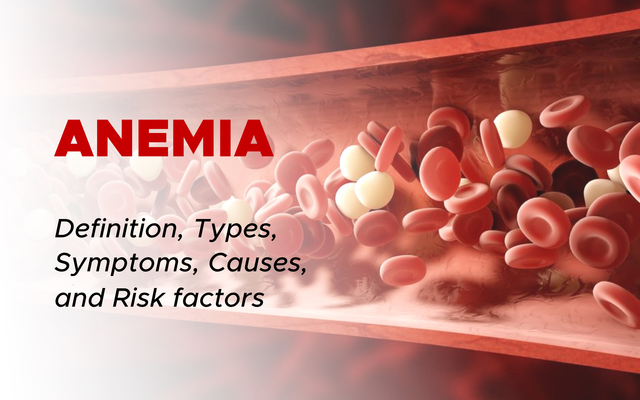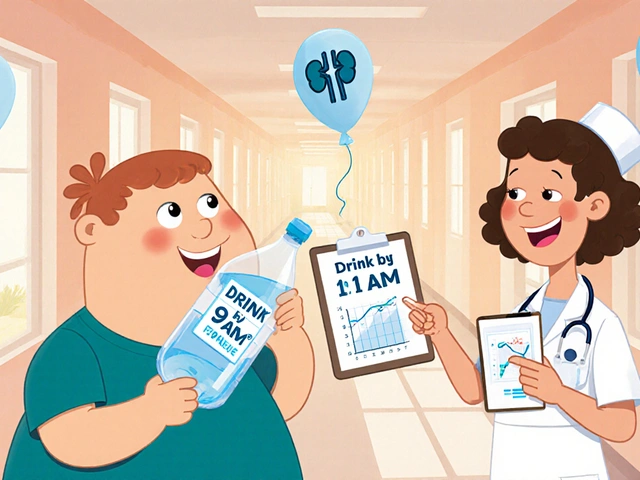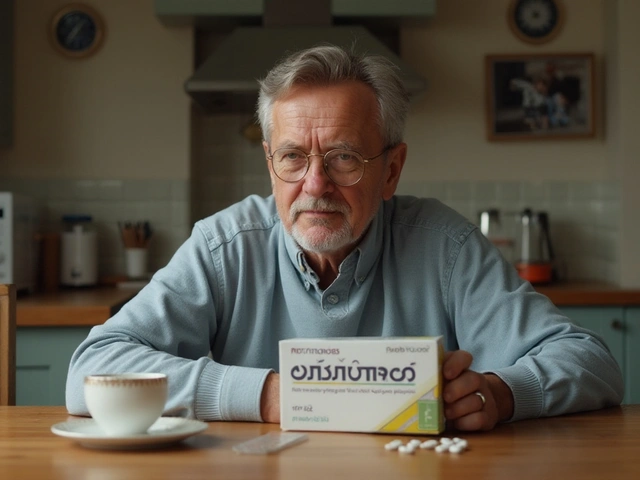Exercise Induced Asthma
If physical activity triggers chest tightness, coughing, or shortness of breath, you might have exercise induced asthma. It’s common in runners, swimmers, and people who play sports, but it affects anyone who breathes cold or dry air fast. This page explains simple ways to spot it and manage it so you can stay active.
What causes it?
Exercise forces you to breathe faster through your mouth, which cools and dries the airways. That change can irritate sensitive lungs and trigger inflammation and narrowing, making it hard to catch your breath. Other triggers include pollen, cold weather, high pollution, and infections.
Common symptoms
You may cough during or after exercise, wheeze when breathing out, feel chest tightness, or tire more quickly than your teammates. Symptoms often start within minutes of starting activity and can last up to an hour.
Doctors usually ask about your symptoms and timing, then run tests like spirometry or a field exercise test to reproduce symptoms. You might also try a home peak flow meter to track breathing before and after workouts.
Fast relief inhalers with albuterol open airways within minutes and let you finish a workout. Use a puff 10 to 15 minutes before exercise when your doctor recommends it. Daily inhaled steroids or other controller meds help if symptoms happen often or at rest. Talk with your doctor about Levalbuterol versus racemic albuterol — some people tolerate one better.
Warm up for 10 to 15 minutes with light jogging or dynamic stretches; a gradual start cuts the chance of symptoms. Cover your mouth with a scarf in cold weather and avoid heavy workouts on bad air quality days.
Get medical help if quick-relief inhalers stop working, you need them more than twice a week, or symptoms wake you at night. Also seek care after severe attacks with falling oxygen, fast heart rate, or confusion.
Plan medication timing around workouts, carry your inhaler, and teach coaches how to use it. If symptoms limit performance despite treatment, ask about tailored plans or referral to a lung specialist.
Time how long symptoms take to start, note exact triggers, and track your peak flow numbers for a week before seeing a doctor.
With the right plan and simple precautions, exercise induced asthma rarely has to stop you from playing sports or enjoying workouts. Start by talking with your primary care provider or sports clinic and get a clear action plan for flare ups.
Want specific help choosing an inhaler or comparing albuterol options? Read our Ventolin vs. Levalbuterol comparison, check articles on inhaler technique, and bring those notes to your visit so you get faster answers. If your child struggles with symptoms at school, ask for an asthma action plan and emergency inhaler access in writing. Small steps now — warm ups, pre exercise puff, and weather checks — protect your lungs and keep you in the game today.




